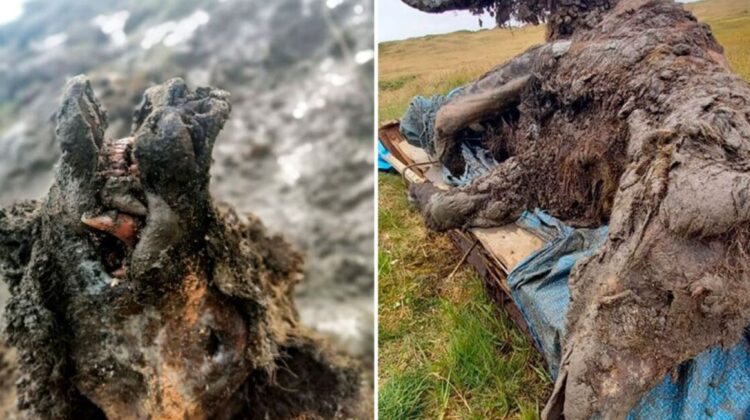
The discovery of an intact cave bear in Siberia, Russia, has scientists excited about the potential insights it could offer into the species and the ancient world in which it lived. The cave bear was discovered in the melting permafrost of the Russian Far North by local reindeer herders who stumbled upon its remains while on the hunt. The bear’s remains were so well-preserved that even its nose and teeth were still intact.
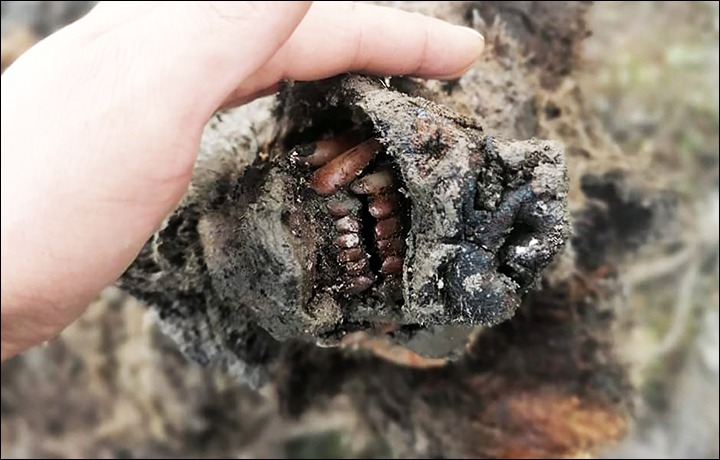
Cave bears, which lived in Eurasia during the Pleistocene era, went extinct around 15,000 years ago. They were a large, powerful species, growing up to 3 meters long and weighing up to 1,000 kilograms. They were also known for their distinctive flattened skulls and short snouts.
The discovery of this particular cave bear is significant because it is so well-preserved. This level of preservation will allow scientists to study the animal’s anatomy, behavior, and diet in much greater detail than they have been able to before. It may even provide insights into why the species went extinct.
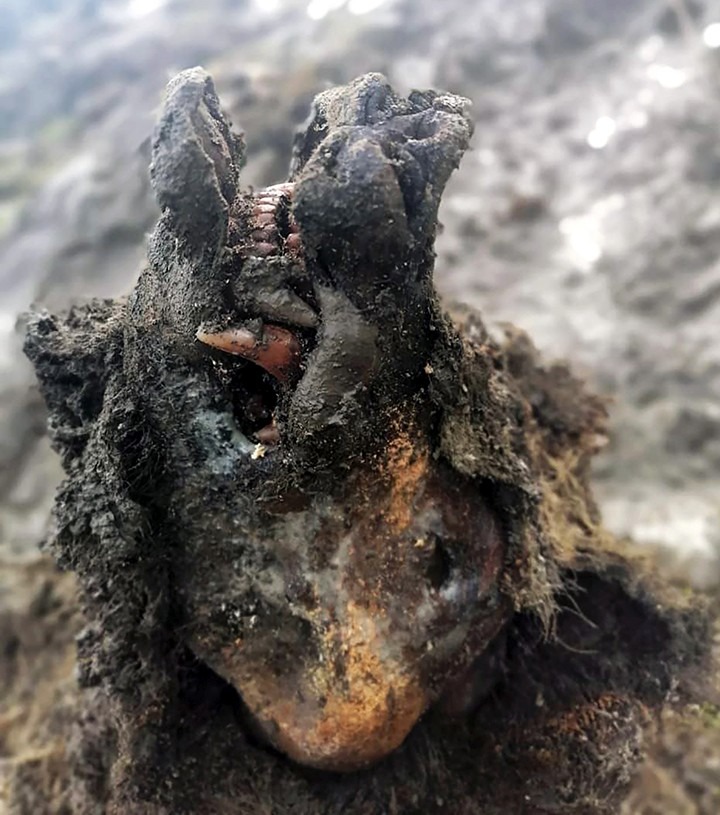
The bear’s remains have been sent to the North-Eastern Federal University in Yakutsk, Russia, where they will be analyzed and studied. Already, preliminary analysis has revealed that the bear lived around 22,000 years ago, during the last ice age.
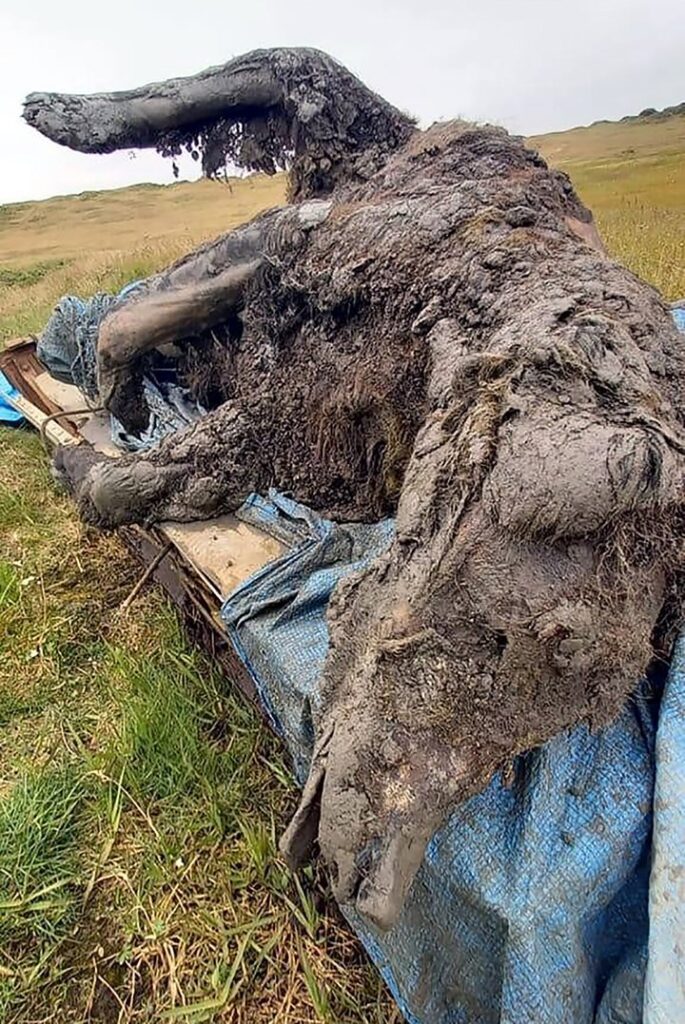
The discovery of the cave bear highlights the impact of climate change on the Arctic region. As the permafrost melts, more and more remains of ancient animals are being uncovered. While this is an exciting development for scientists, it is also a warning sign that climate change is causing irreversible damage to our planet.

In addition to the cave bear, other ancient animals have been found in the melting permafrost, including mammoths, woolly rhinos, and even a puppy. Each discovery offers a unique glimpse into the past and a better understanding of the world as it was thousands of years ago.
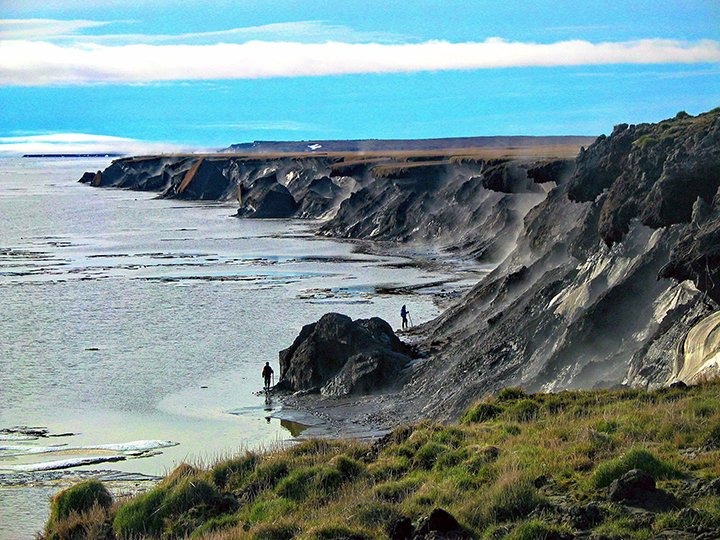
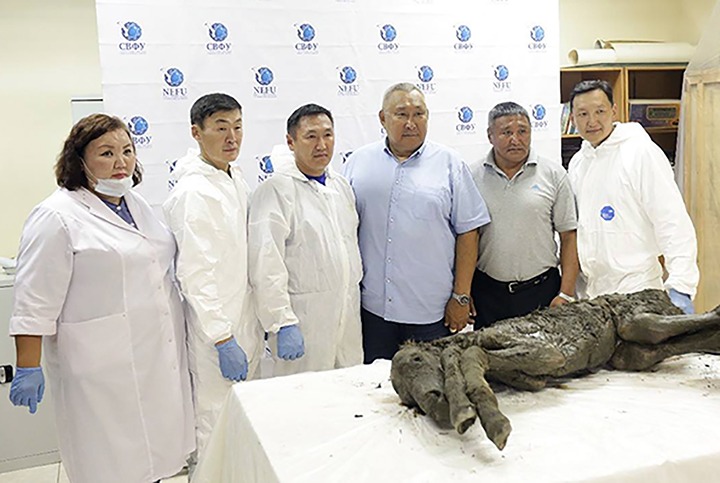
The cave bear found in Siberia is a valuable discovery that has the potential to provide insights into the past, as well as the impact of climate change on our planet. As scientists continue to study the remains, we may learn even more about this fascinating species and the world in which it lived. However, it is important to remember that these discoveries are also a reminder of the importance of protecting our planet for future generations.

Leave a Reply